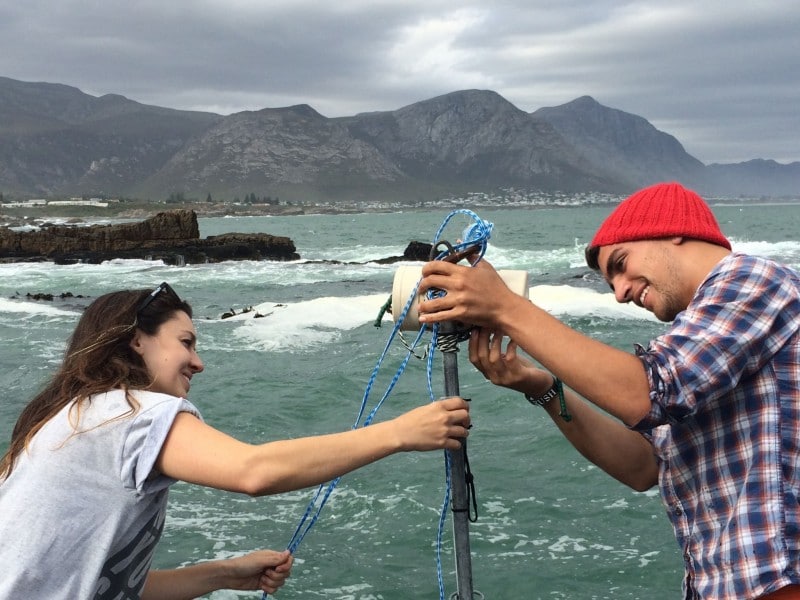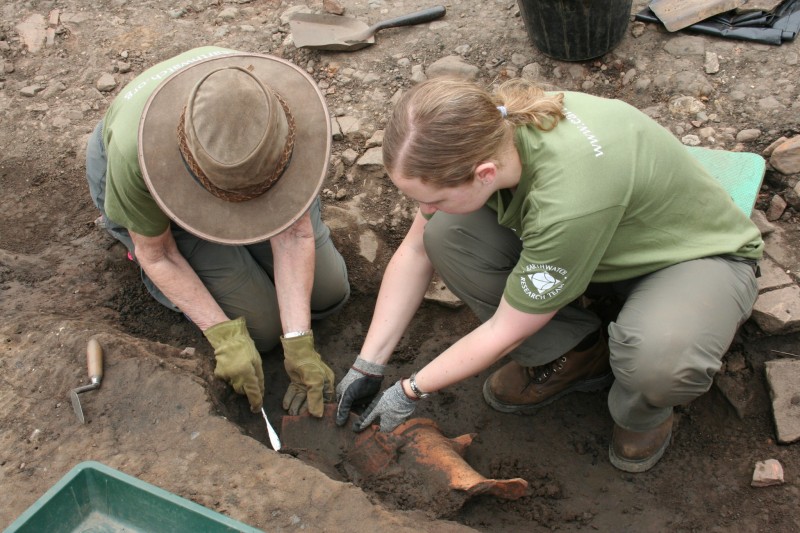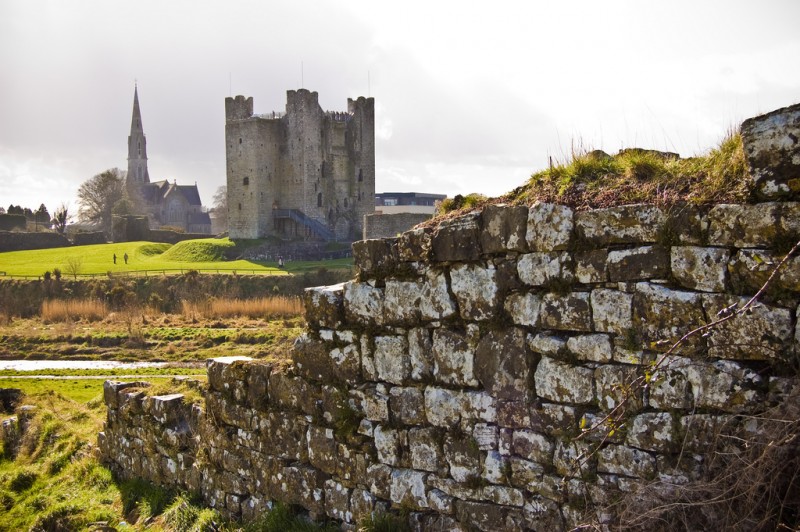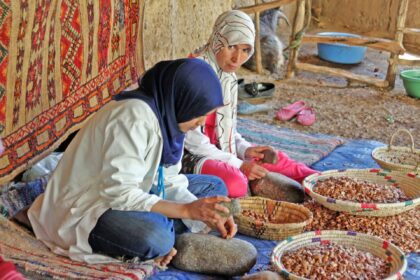
The desire to be part of something is one of the most human of urges, and undoubtedly one of the main reasons people choose to use their spare time volunteering on expeditions and excavations. These trips offer the opportunity to stand shoulder to shoulder with the people who are moving the science of the past and future forward.
It all sounds pretty epic, but does the reality match up?
Earthwatch Institute was one of the very first organizations to give laymen and women the opportunity to take part in major studies. Over 44 years of operation the company has now guided more than 100,000 members of the general public on adventures across the planet.

Claire Doe, a sales agent in her 40s, has been on nine expeditions with Earthwatch. She says these trips have given her confidence she never knew she had:
Each expedition has different elements, for example on the project in Churchill, Manitoba [Canada] we were waist high in water every day doing surveys and collecting water samples, insects and fish whilst we had a member of staff watching out for polar bears.
Volunteers like Claire are usually expected to work for about eight hours a day, and can pick an expedition to suit their own fitness levels. Kristen Kusek, the company’s Director of Strategic Communications, sees this work as invaluable:
Volunteers have helped us discover new species, designate new national parks, and more. Our scientists repeatedly tell us that they could not do the work they do without the help of Earthwatch volunteers.
The best example of this was in 2001, when volunteer James Murphy uncovered a nearly complete skeleton of a new species of dinosaur in the Ischigualasto Provincial Park in the Argentinian Andes. It emerged that this was an early ancestor of Tyrannosaurus rex, and as a dedication to his work the find was named Eodromaeus murphi.

Earthwatch, and their main competitor Biosphere, dominate the market because of their clear commitment to ethics – both are non-profit, work towards sustainability and promote education. But, at around $2,000 a trip, this integrity comes at a premium some people simply cannot afford.
Those who have less cash to splash often find themselves on unsatisfying, unethical or badly managed voluntourism trips, simply because there are so many sub-standard companies out there.
There are certain pitfalls that can be avoided. Before booking with a company, prospective volunteers should make sure they know exactly what’s included in the price and have a look at itineraries. It’s important to check staff members are qualified – ideally experts will be on the trip as well as staff trained in health and safety. When researching it’s worth trying to find out where the money is spent; the best organisations publish this on their website. It’s also good to know how the local community is involved in any project. Finally, as with any tour provider, it’s useful to look at online forums like TripAdvisor to find out how they’re rated by people who’ve been there and done it.

Cultural Tourism Ireland tick all the boxes, and charge a modest fee. A five day dig in the ruins of a 13th Century Dominican Friary in Trim costs 550 euros, or $611, and involves expert training in every aspect of excavation alongside students from the Irish Archaeology Field School (although the price doesn’t include accommodation or food). The dig itself was launched at the request of local authorities who didn’t have the money to preserve the site, and is funded through contributions from students and enthusiasts. Despite the lower price, there’s still plenty to be found – from stained glass to musket balls.
CEO Dr Stephen Mandal said:
Perhaps the most enigmatic piece was found by a student – a Longford Militia uniform button, dating to the turn of the 19th century (c. 1790s). Whilst not actually relating to the friary we are excavating (which was founded in 1263 and dissolved in the 1540s), it tells an intriguing story of the militia men who camped on the site on their way to engage with rebels during the uprisings around that time.
Whether you find what you’re looking for or something else entirely, archaeological excavations and scientific expeditions are uniquely engaging experiences where you can give back and dig deep.
Have you participated in an archaeological excavation or scientific expedition? Please share your experience in the comments below.
By Joanna Eckersley
Jo Eckersley
Latest posts by Jo Eckersley (see all)
- Digging Deeper: A Guide To Responsible Archaeological Excavation & Scientific Expedition Volunteering - Jan 9, 2016
- Why We Need To Hear The Voices Of Those We Visit On The Road - Jan 9, 2016
- Travel Safety Tips For Women Hitting The Road Solo - Dec 18, 2015
- How Moving To Sri Lanka Helped Me Discover My Culture - Nov 2, 2015
- Riding The World’s First Surf Boards In Peru - Oct 12, 2015





Wow Jo, great article. Thanks for sharing. I typically travel for pleasure, this type of trip might be something to look into. 🙂
Reading about Claire’s exhilarating experiences waist-deep in water, searching for polar bears in Canada, reminded me of my own thrilling encounters with wildlife during a rainforest expedition. It’s heartening to know that organizations like Earthwatch and Biosphere are dedicated to ethical practices, although I do wish more affordable options existed for those who yearn to contribute but are constrained by financial limitations.
Jo Eckersley’s exploration of responsible archaeological volunteering is not only informative but also resonates with the genuine experiences of volunteers. The vivid account of Claire Doe wading through waters in Churchill, Manitoba, keeping an eye out for polar bears, paints a picture of the challenges and unexpected discoveries one might encounter on these expeditions. The article serves as a valuable guide, emphasizing the importance of choosing ethical organizations and delving into the rewarding, sometimes unexpected, outcomes of such endeavors.